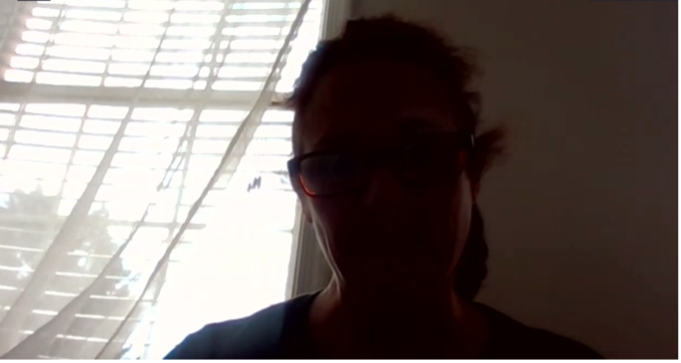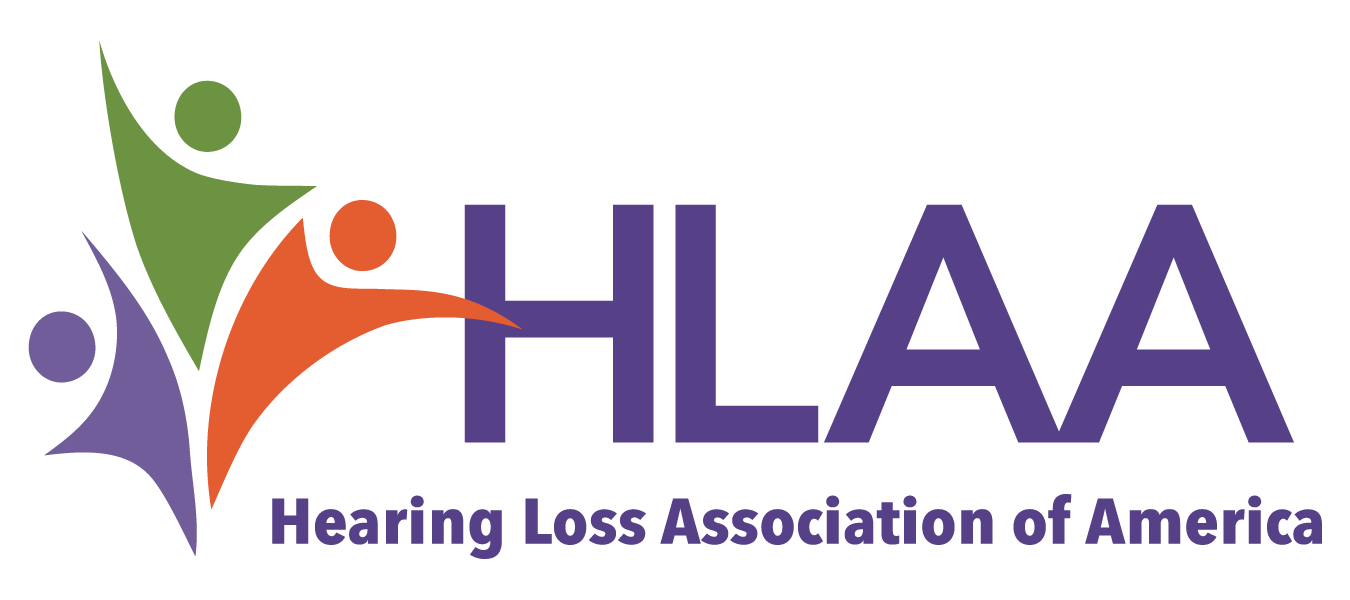The Devil is in the Detail
Posted:
When I bought my new hearing aids, I bought a compatible remote microphone to go along with them. My wife and I thought this would be a great idea. She could wear the remote microphone and communicate with me from another room, or while not facing me in the same room.
While this seemed like a good idea, we didn't realize some of the nuances that go along with this kind of setup. The problem was that when she was wearing the device she would sometimes forget that she was wearing it. She would make a phone call, and then I would hear the entire phone call as it’s proceeding. Not exactly the effect we were going for. We've adapted with time and it has been useful, but we didn't originally think through all the communications scenarios that happen at home and how we would use the remote microphone in them.
People with hearing loss benefit from technology that delivers sound from a distant sound source, for example, someone in another room, directly to their hearing aids. This can get a little complicated though.
A Negotiated Solution
Posted:
I have a hearing loss and struggle to communicate using surgical masks. Nobody seems to find it easy, but for me it’s basically impossible. If I am listening to a person with a quiet voice, I tell them I’ll make a deal with them: I’ll stand 6 ft. away with my mask on if they will take theirs off to talk to me. I explain my ears aren’t the best and I can’t hear well. Much of the time people oblige.
Today I had an eye appointment, and the doctor had two masks on - an N95 mask with a cloth mask over that. While some people are willing to remove their mask to talk to me as long as I wear one and keep the 6 ft distance, this doctor was not going to remove his masks to talk to me. So I got my phone out and used my transcription app. I thought it might not work well, because automatic captions sometimes don't work well in the very same situations I have difficulty understanding. However, it turned out to be a surprisingly good solution!
Communicating with healthcare providers is a challenge when masks are in the way, so I try to think of solutions that might work for everyone.
False Alarm While Driving
Posted:
When I’m driving, I usually listen to NPR talk radio. It's a great way for me to practice my speech comprehension so it doesn't get worse along with my hearing. I put my hearing aids in the “car” setting, which provides extra noise reduction. I also set the radio so that the higher frequencies are a bit louder, which makes speech sound clearer to me.
Sometimes, I’ll hear what sounds like an alert signal…a high-pitched, beeping sound. I get worried, look around, and check my car’s mirrors, but don’t see anything. Then, I realize that it was the radio playing some kind of sound effect or music, in-between the news segments. Nothing like a false alarm to create a little confusion behind the wheel.
I have a hard time knowing whether the alert-like sounds I hear while driving the car are coming from the radio, the car itself, or outside the car.
Worst Case Scenario
Posted:
I go to restaurants with a lot of trepidation, especially when I’m with people who might not know I have a hearing loss. A lot of questions cross my mind before I even get to the restaurant.
- Will the restaurant be crowded?
- Will we be seated at a table in a particularly noisy part of the restaurant?
- Will others mind if I ask to switch seats so I can hear and see better?
- Will I be able to hear the wait staff?
- Will the restaurant lower the level of the background music if it’s too loud for me to understand others?
- Do I let the other people know I have a hearing loss?
- Should I bring my remote microphone?
- Will I need to bring a battery pack so my remote microphone doesn’t run out of power mid-conversation?
Maybe I should just stay home?.....
Going to a restaurant with a group is one of my worst-case scenarios when it comes to hearing and understanding others and participating in conversation even though I'll be wearing my hearing aids.
It Depends on the Situation
Posted:
I’m in a book club, and everyone in my book club has hearing loss. I’ve introduced them to an app on my phone that provides automatic speech transcription. At our meetings, I pair my phone to a projector using Bluetooth so that we can all see the transcription it provides. It’s sort of like having our own personal CART writer on demand, and a cool way to use the application.
I will use this application when I’m a passive member of the audience at other events, but I feel a little self-conscious doing so. I’m afraid the people around me might think I’m not paying attention and just playing on my phone. Or worse, that the staff will think I’m making a recording of the event.
Sometimes a great solution for one situation might not work as well in other, similar situations.
A Game Changer
Posted:
I used to avoid phone calls on my cell phone because I could not reliably hear well enough to have confidence that I would understand the other person. Instead, I preferred to use my amplified landline phone because I knew I would be able to hear on that phone. Of course, I was limited to making and receiving phone calls at home and couldn’t be mobile like everyone else.
Getting hearing aids that supported using Bluetooth with my cell phone was a really, huge advancement for me. I went from almost not being able to hear on a mobile phone to preferring it over my amplified phone. It’s my go-to phone now because I can hear the person I’m talking to clearly with both ears, and that works very well for me.
Bluetooth streaming between my hearing aids and my cell phone has been a game-changer for me in terms of using the phone for voice calls.
Harder Than It Should Be
Posted:
When I go to the movies or a theater to see a play, I’ll check the website before leaving to see if they mention if an assistive listening system is available. I know the Americans with Disabilities Act requires public places to have some kind of system, and they usually have an FM system.
Recently, when I arrived at a theater, I asked the ticket taker where I could get the FM receiver. The ticket taker told me to talk to the concession person. The concession person told me to talk to the usher, and the usher sent me back to talk to the concession person. It took a while to find someone who could not only help me but also find the FM receivers. They were in a little box in a closet. Of course, the batteries were dead.
I’d like getting assistive listening in public places to be simple and easy, but that’s rarely the case. It’s often harder than it should be.
More Than a Distraction
Posted:
I attend remote meetings regularly. I have to take various actions to hear people better. Sometimes I have to ask them to turn on webcams, get closer to their microphones, and ask for the auto-captions to be turned on. Remote-meeting platforms often provide auto-captioning for people with hearing loss (and others who are having trouble following what is being said).
Unfortunately, in some cases, the captioning on the remote platforms is so mistake-ridden that I just turn them off. Even when there are relatively few mistakes, the distractions they can cause really interfere with my ability to keep up with the conversation.
Imagine a speaker who says the words, “site administrator,” and the captions read “satan administrator.” Even if the captioning software corrects it, the distraction created by the error, and the visual motion of the correction, can really impact my ability to follow the conversation.
Even small auto-caption inaccuracies can be more than a distraction to someone who’s already struggling to keep up in a meeting.
I Need to See Better to Hear Better
Posted:
I meet with both customers and co-workers from home and spend a lot of time online in virtual meetings on videoconferencing software. It’s amazing to be able to look right at the person who’s talking and be able to both hear and lip-read them. The difference is like night and day. It's so much easier for me to understand people, compared to being in the same room, halfway down a meeting table from the speaker, with a loud HVAC system humming in the background.
One thing that caught me by surprise is what happens when a person is talking with a brightly-lit window behind them. Wow. Their features disappear entirely; lip-reading becomes impossible! I’ve had to ask people to swivel their laptops around so the window is not right behind them. It feels a little awkward, but the difference to me, in terms of hearing, is huge.

There are things that make virtual meetings easier, but also some potential glitches. When I can't clearly see a speaker's face during a videoconference, I just don't hear as well.
The Loneliest Feeling
Posted:
We all hope to emerge from Zoom soon and attend more events in public venues. These events add so much to my quality of life, but public spaces are the perfect storm for hearing challenges even with my personal hearing aids - the noise of the crowd, the considerable distance from presenters or the PA speakers, and reverberation.
Just think about all the events you attended in public (pre-covid maybe) and the entertainment and educational value they gave you. It can be a great escape from the news or work and family stress, and it creates lasting memories with family and friends.
When I can't hear at these events, I end up sitting in a large crowd, watching their collective reaction to the event and guessing at it. It's like I am behind a glass wall. It’s one of the loneliest feelings in the world to me.
I'd love to enter a venue and select a setting on my hearing aid (emphasis on “my”) without any extraneous gear and hear!


